Kinhtedothi - On the afternoon of December 20, the Standing Committee of the Hanoi Party Committee - People's Council - People's Committee held an online meeting for the fourth quarter of 2024 with leaders of districts, towns and cities.
Member of the Party Central Committee, Deputy Secretary of the City Party Committee, Chairman of the City People's Committee Tran Sy Thanh chaired the conference at the Hanoi City Party Committee bridge.
Co-chairing the conference were Standing Committee Member of the City Party Committee, Vice Chairman of the City People's Committee Nguyen Trong Dong; Vice Chairman of the City People's Council Pham Qui Tien.
Attending the conference were members of the Standing Committee of the City Party Committee, Standing Committee of the City People's Council, City People's Committee, leaders of departments, branches, districts, towns...
The conference was held online from the main bridge at the City Party Committee headquarters with a total of 594 bridges and more than 11,313 delegates from the city to wards, communes and towns.
The conference listened to reports and discussed two topics: Strengthening the implementation of measures to improve air quality associated with implementing the plan to clean up waste in Hanoi towards a "bright, green, clean, beautiful" city; implementing Plan No. 276-KH/TU dated November 18, 2024 of the Standing Committee of the City Party Committee on leadership, direction and organization of New Year 2025 and Lunar New Year activities in Hanoi.
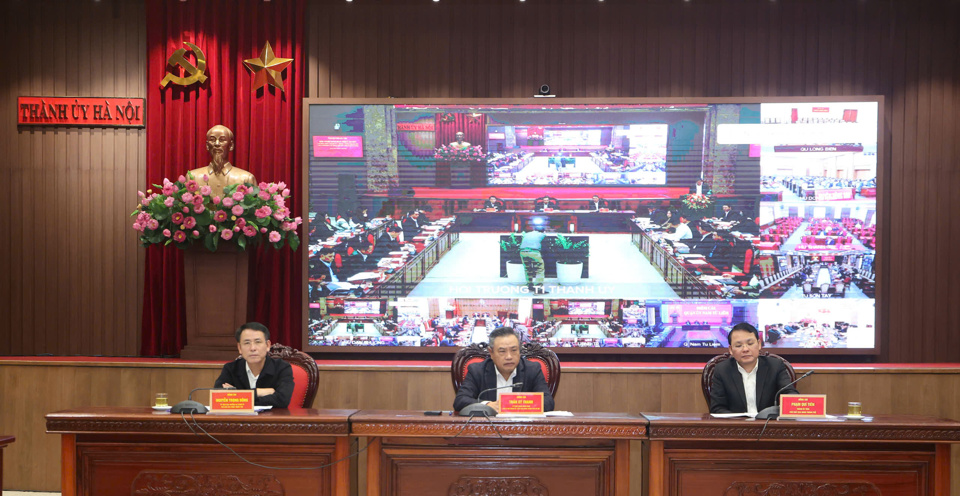
Step by step to reduce air pollution
Reporting on the strengthening of measures to improve air quality associated with the implementation of the waste cleaning plan in Hanoi, Director of the Department of Natural Resources and Environment Le Thanh Nam said that in recent times, the city has implemented measures to gradually reduce air pollution such as: building a database system, operating a monitoring system to manage and control air quality; minimizing air pollution from sources; strengthening inspection, examination, and propaganda to raise public awareness.
There are currently 2 automatic continuous air monitoring stations and 6 sensor stations in operation in the city. The Hanoi People's Committee has directed to continue researching, reviewing, and proposing investment in automatic continuous air monitoring station systems according to the general planning of Hanoi Capital to complete the information system, strengthen management, and control of air quality.
Regarding the focus on reducing air pollution from sources, the city has designed infrastructure for dedicated lanes for bicycles; piloted the measurement of emissions from old motorbikes and scooters in circulation in the area as a basis for proposing solutions to improve air quality. At the same time, it regulates and divides traffic reasonably to limit congestion at intersections that cause environmental pollution; has policies to encourage people to use public transport (buses, elevated trains, etc.) and reduce personal vehicles.
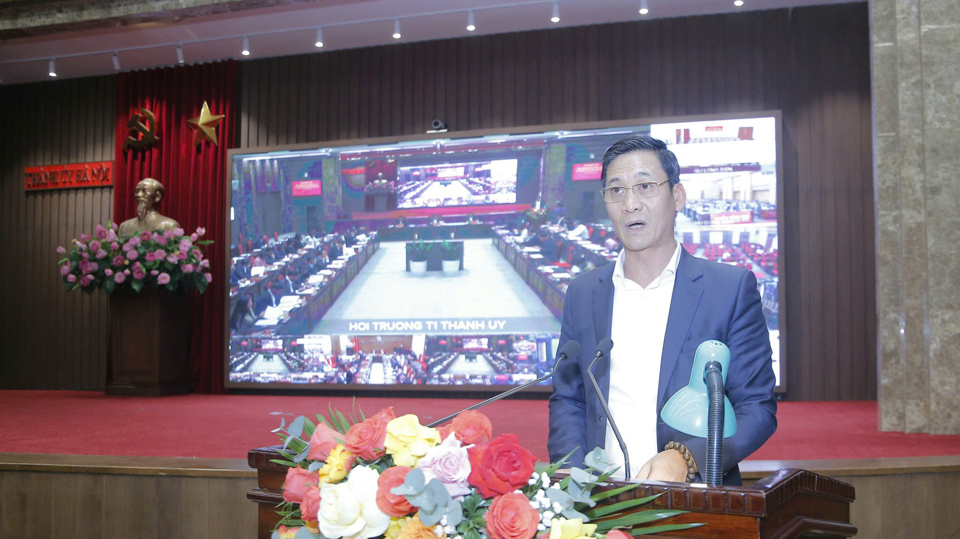
To date, Hanoi has eliminated more than 99% of honeycomb charcoal stoves; reduced 80% of the burning of straw and agricultural by-products in the suburbs, spontaneous burning of garbage; and ended the operation of manual brick kilns. From 2021 to present, in districts and towns, more than 147,500 shade trees, 110,806 ornamental trees and bushes have been planted; 549,449m² of trees and grass.
Continue to collect and classify waste at source
Regarding garbage collection, transportation and treatment, districts, towns and cities are the direct management units, ensuring the criteria of collecting and transporting all garbage generated during the day in the area to the City's centralized treatment areas.
The rate of collection and transportation of daily generated waste in the districts is 100%; in the districts and Son Tay town, it is 95 - 100%; the total amount of domestic waste generated in the city transferred to the treatment areas is about 6,800 - 7,500 tons/day.
To solve the problem of waste treatment, the city has directed the implementation of many synchronous measures, calling for investment, and socializing waste treatment works and projects using modern technology. The city has put the large-scale and modern Soc Son Waste-to-Energy Plant (processing capacity of 4,000 tons/day, power generation capacity of 90MW) into operation, minimizing landfilling. Continue to complete and put into operation the Seraphin Waste-to-Energy Plant Project with a capacity of 37MW in the first quarter of 2025. Complete investment procedures for a number of waste treatment projects in Soc Son, Phu Xuyen, and Chuong My districts.
Regarding the pilot waste classification at source, the People's Committees of the districts (Hoan Kiem, Ba Dinh, Dong Da, Hai Ba Trung, Nam Tu Liem) have piloted the model of classification, collection, transportation, and treatment of domestic solid waste and achieved positive results. Specifically, the amount of recyclable waste collected was 380,114.7 kg; the amount of bulky waste collected was nearly 160 tons. For hazardous waste, initially, people have approached the classification and brought it to the collection point. The remaining waste that had to be collected and transported to the city's centralized waste treatment area has gradually decreased (Hoan Kiem district decreased by 2-2.8%).
Some other districts have proactively implemented a pilot project to serve as a basis for evaluation and replication: Long Bien district, Dong Anh district, Gia Lam district, Ba Vi district... Based on the results of the pilot project, the city will continue to implement waste classification at source throughout the area to ensure consistency and efficiency.
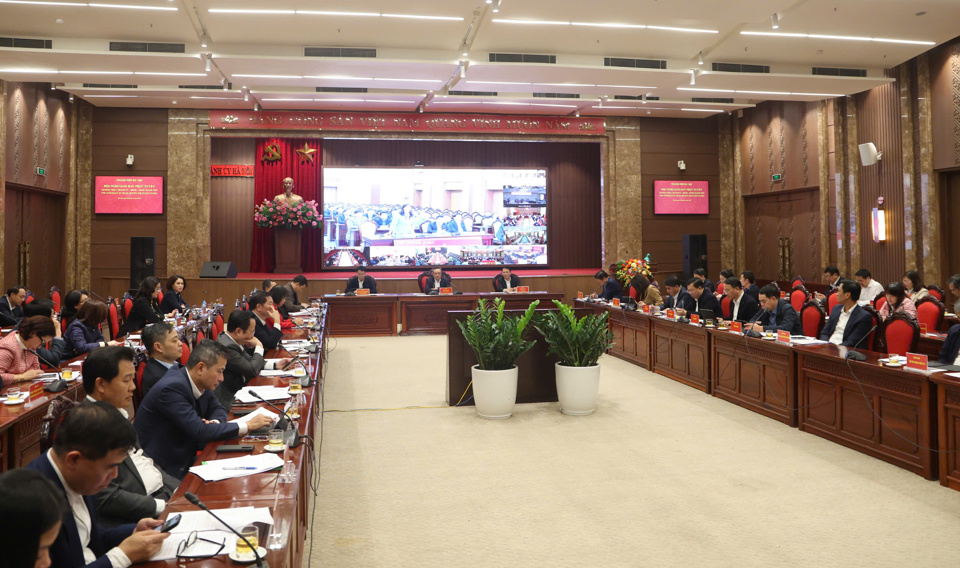
Review and supplement air pollution management policies
Regarding the upcoming tasks, regarding some major targets, the city strives for 100% of districts, towns, and residential areas to organize environmental self-management movements. 100% of districts, towns, departments, agencies, and sectors develop specific plans and solutions to implement waste classification at source, collection, transportation, and treatment of solid waste; proactively select priority subjects and locations to implement the model of classification and reduction of domestic solid waste emissions according to the roadmap and evaluate and replicate good models.
Strive for 75 - 80% of days in the year (according to data from national and city standard monitoring stations) to have air quality index (VN_AQI) at good and average levels; control the average annual PM2.5 concentration by 2030 at most standard stations in the inner city below 40ug/Nm3 and below 35ug/Nm3 for suburban areas. 100% of construction sites implement dust reduction measures; 100% of emissions from industrial plants are treated to meet QCVN; 100% of households do not use honeycomb coal stoves or low-grade coal fuels; 100% do not burn straw and agricultural by-products; reduce the burning of votive paper.
For specific tasks, Hanoi continues to review and supplement mechanisms and policies on air pollution management; develop coordination regulations and measures for inter-provincial and inter-regional air quality management; complete and stably operate the automatic and continuous ambient air monitoring system; conduct emissions inventory to identify emission sources and main emission objects. Implement air pollution risk warnings and take emergency response actions to serious air pollution.
At the same time, the city will invest in building a model and operating with the function of: pre-processing and continuing to classify recyclable waste to bring to appropriate recycling facilities or storing waste when factories and landfills have problems and cannot receive it, avoiding the situation of long-term accumulation at connection points (especially in districts), causing loss of urban aesthetics and environmental pollution.
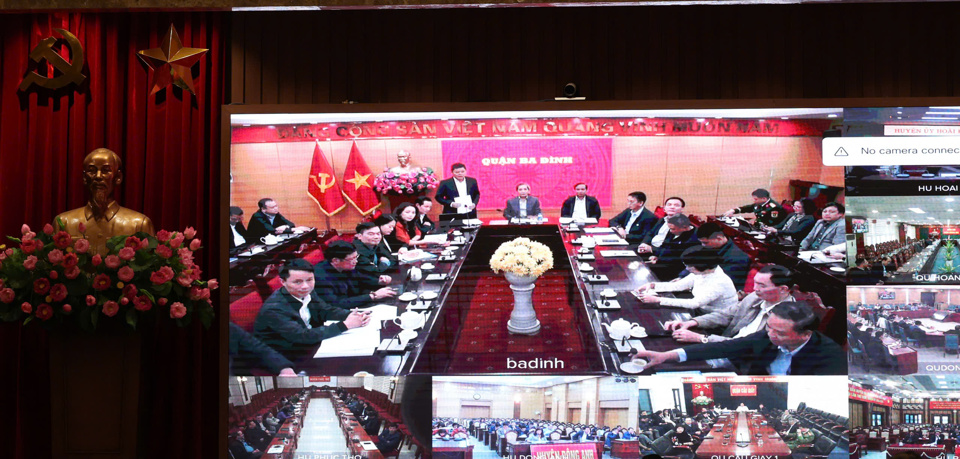
Implement the Resolution of the City People's Council and the Capital Law, form low emission zones. Encourage the conversion of low emission vehicles, use clean, green and environmentally friendly energy. Promote the development of the public transport system to reduce personal vehicles participating in traffic.
Strengthening the inspection of emissions for road vehicles, ensuring that vehicles participating in traffic fully meet technical requirements on environmental protection. Promoting the collection, classification and recycling of waste to reduce the amount of solid waste released into the environment according to the provisions of the Law on Environmental Protection 2020.
On the basis of the approved Hanoi Capital Planning, complete the adjustment of the solid waste specialized planning as a legal basis for implementing procedures related to investment in construction of works and projects on waste treatment using modern technology...
Source: https://kinhtedothi.vn/ha-noi-giao-ban-voi-cac-don-vi-ve-cai-thien-moi-truong-to-chuc-hoat-dong-dip-tet.html




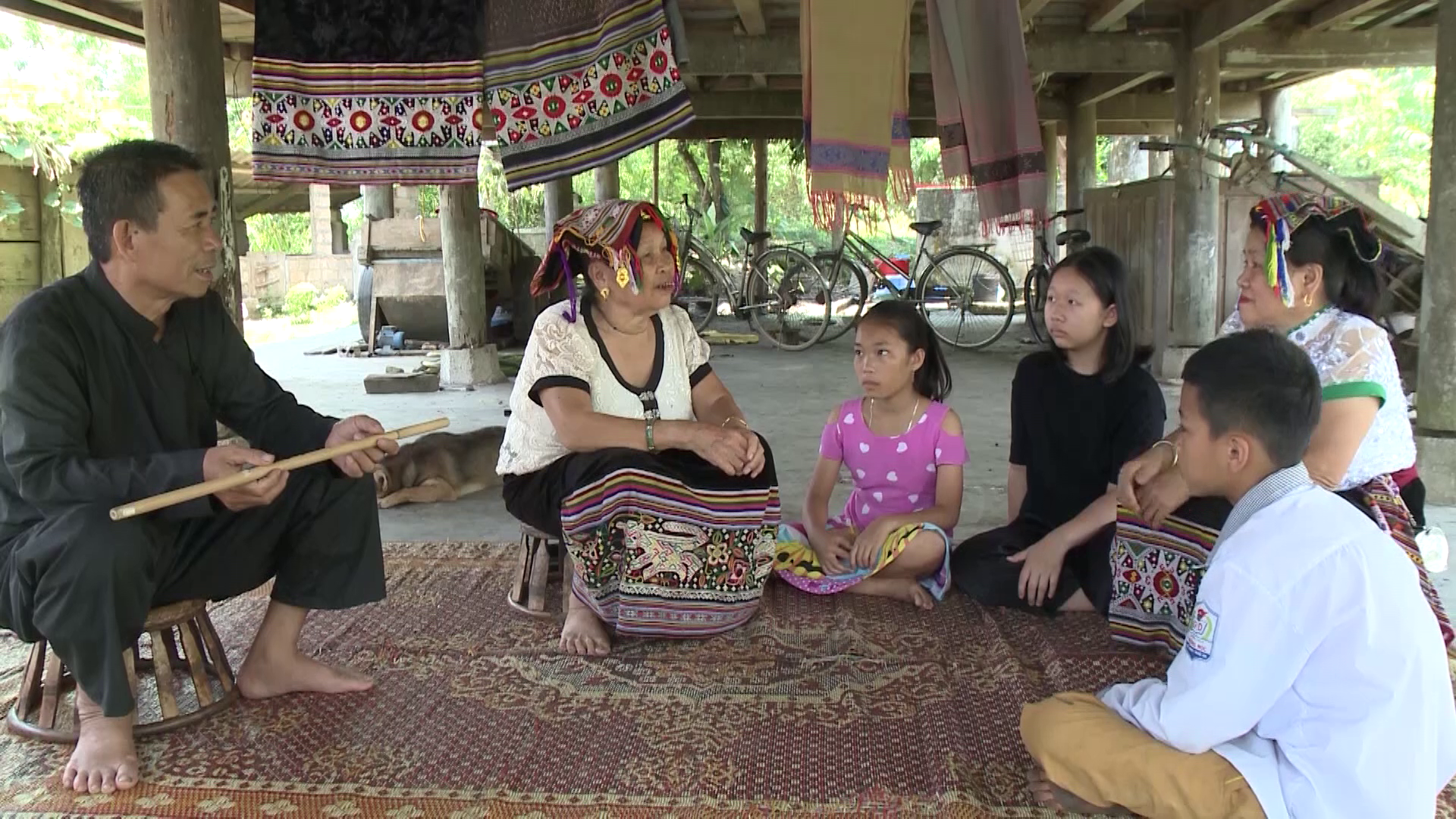



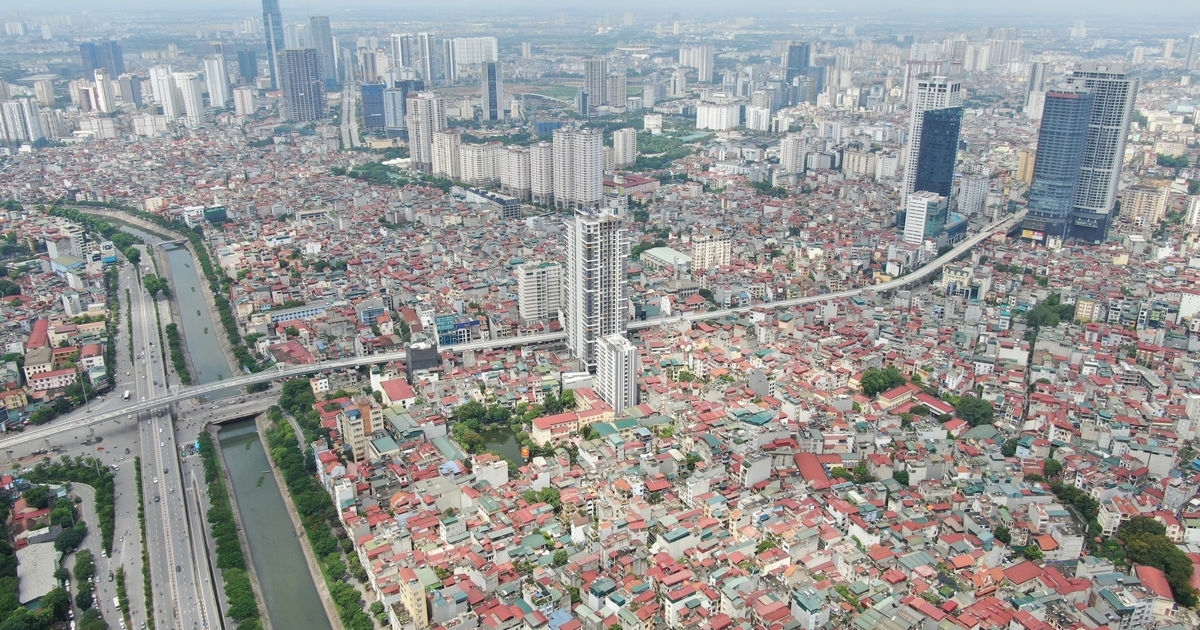
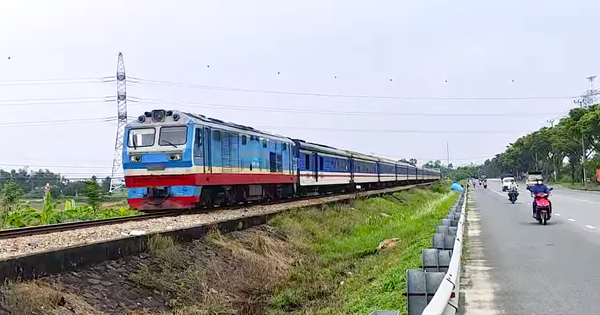

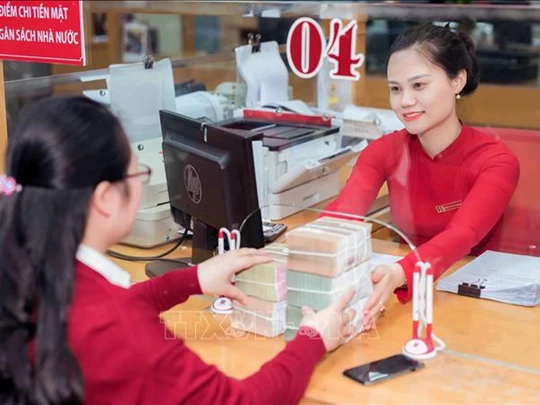

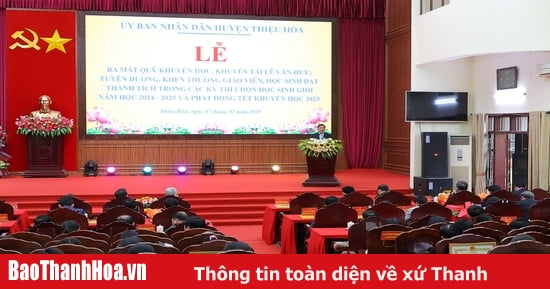

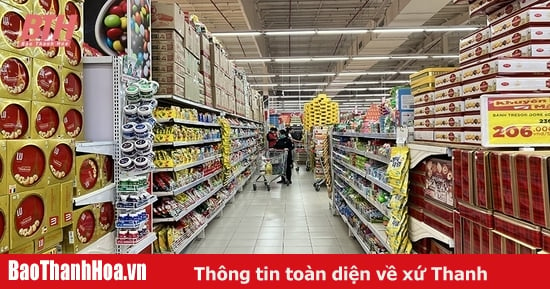
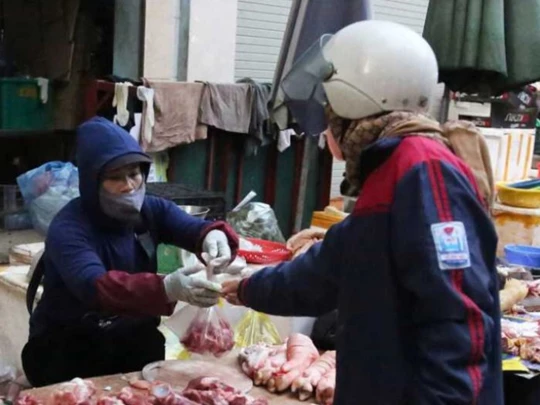
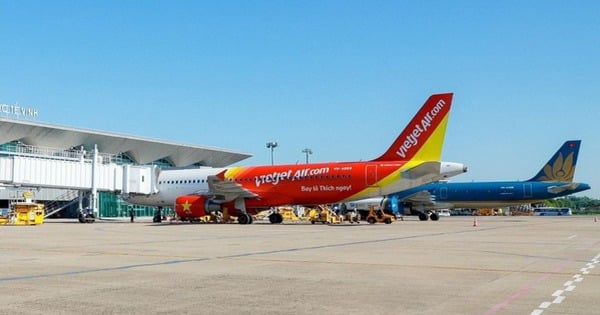

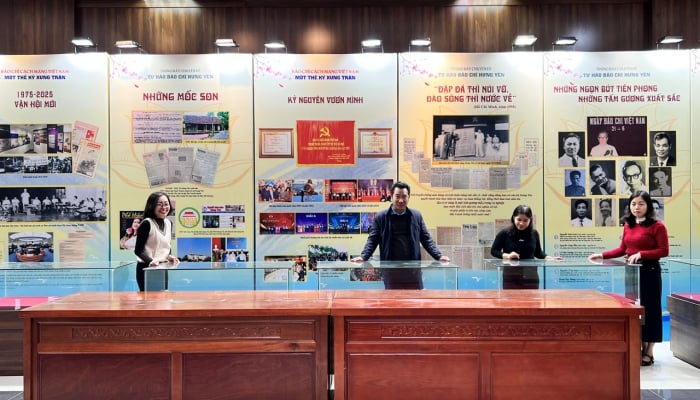

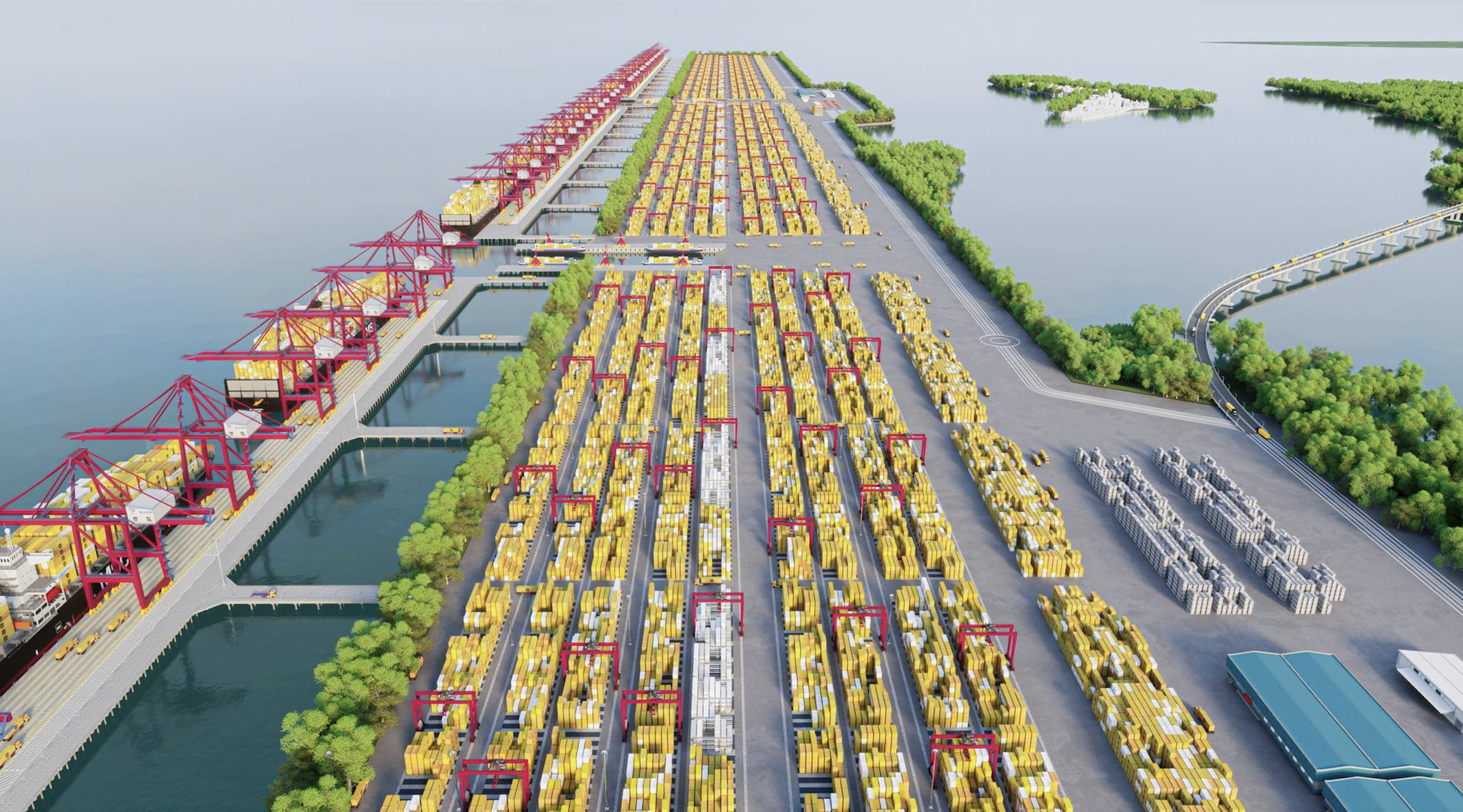
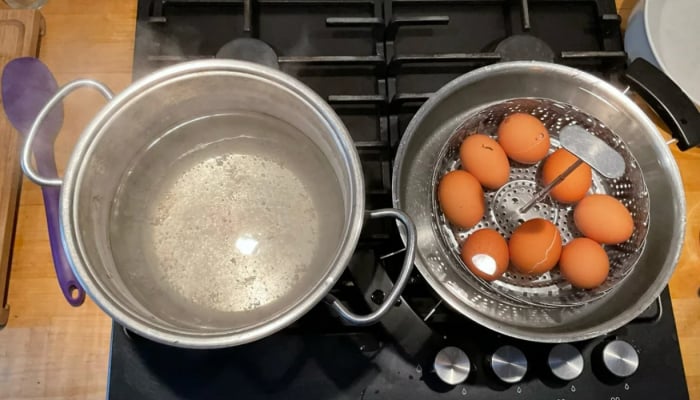
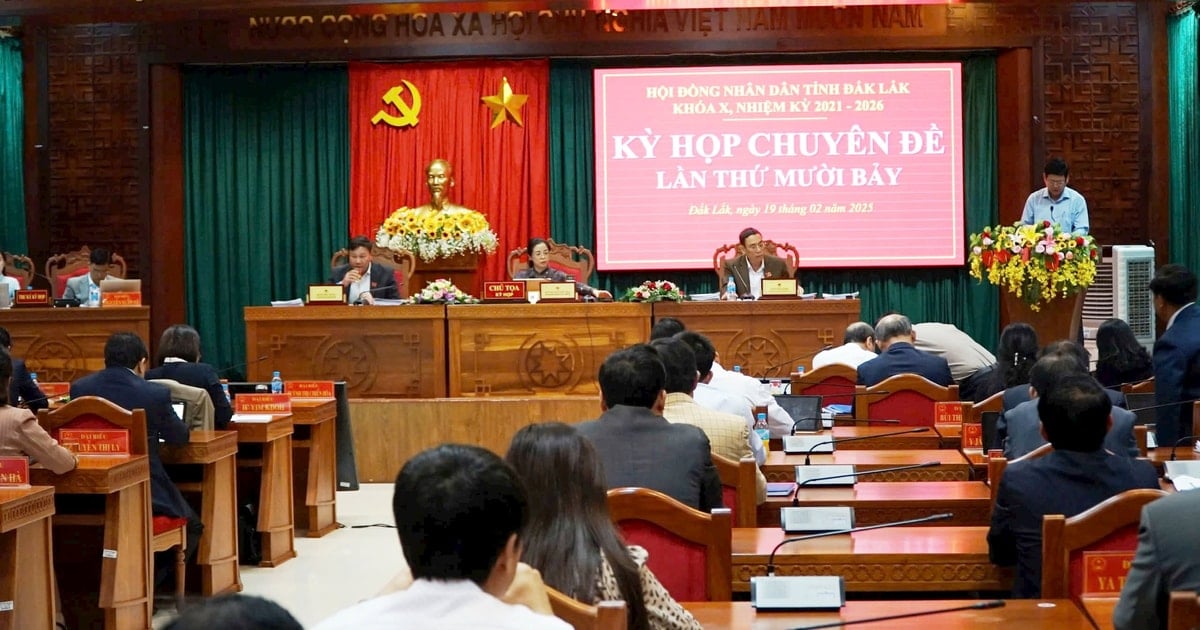

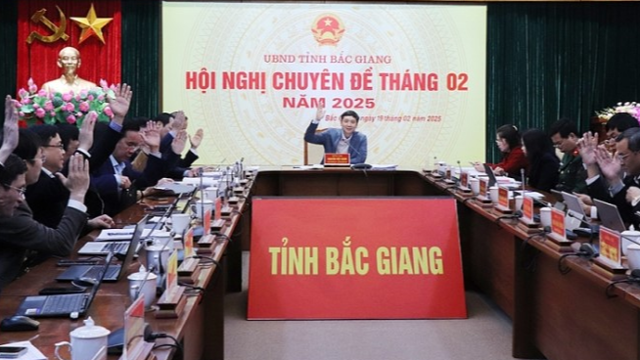


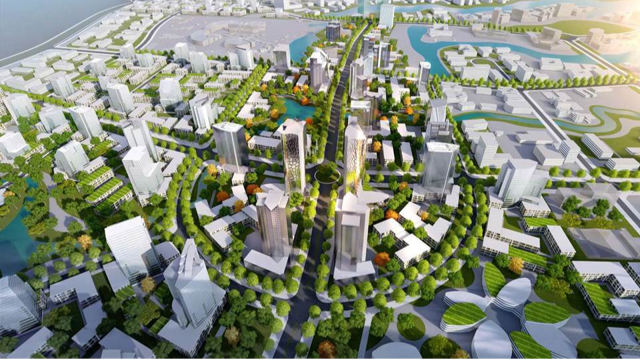
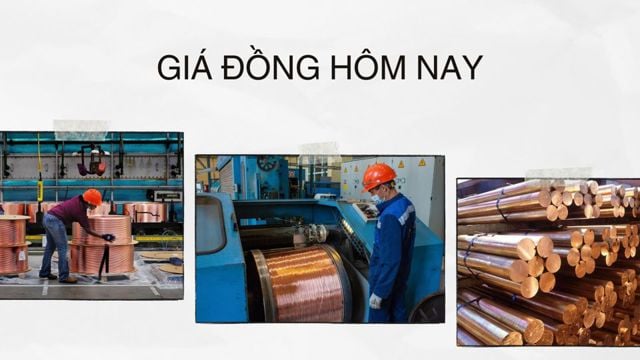



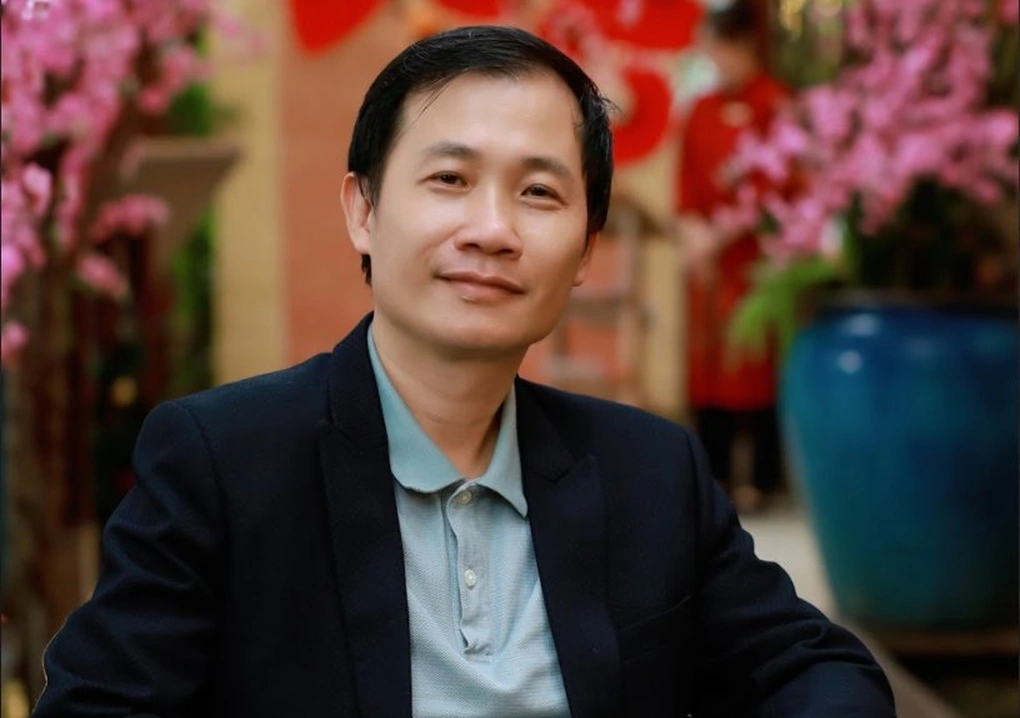

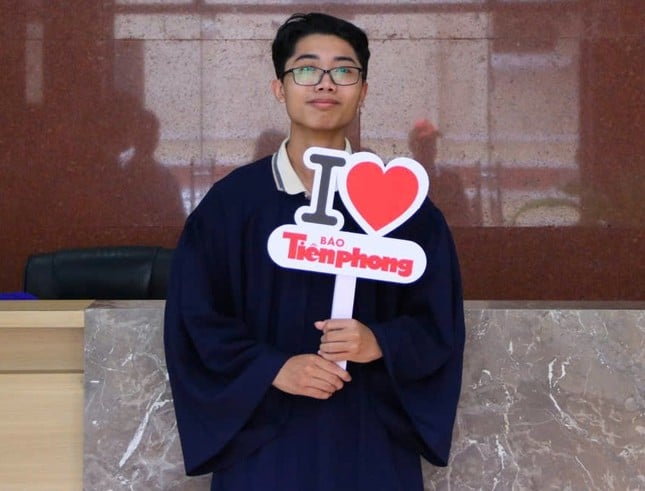

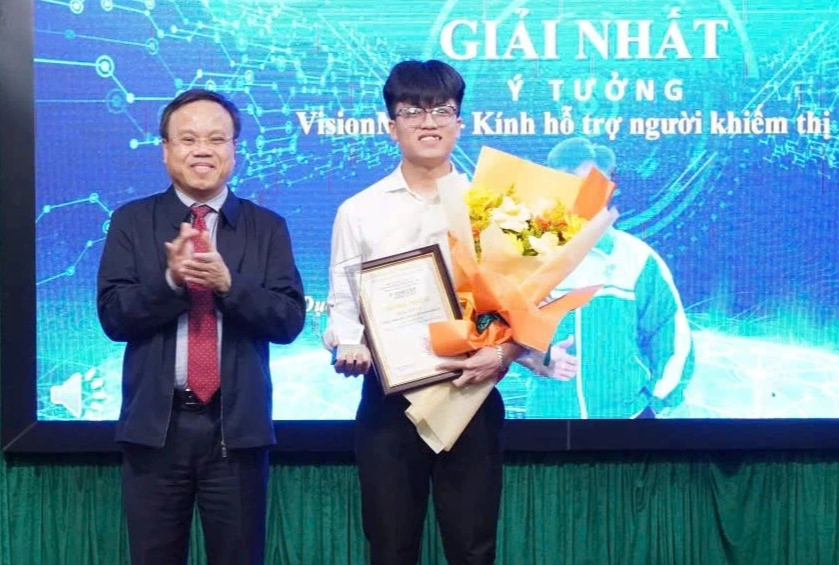


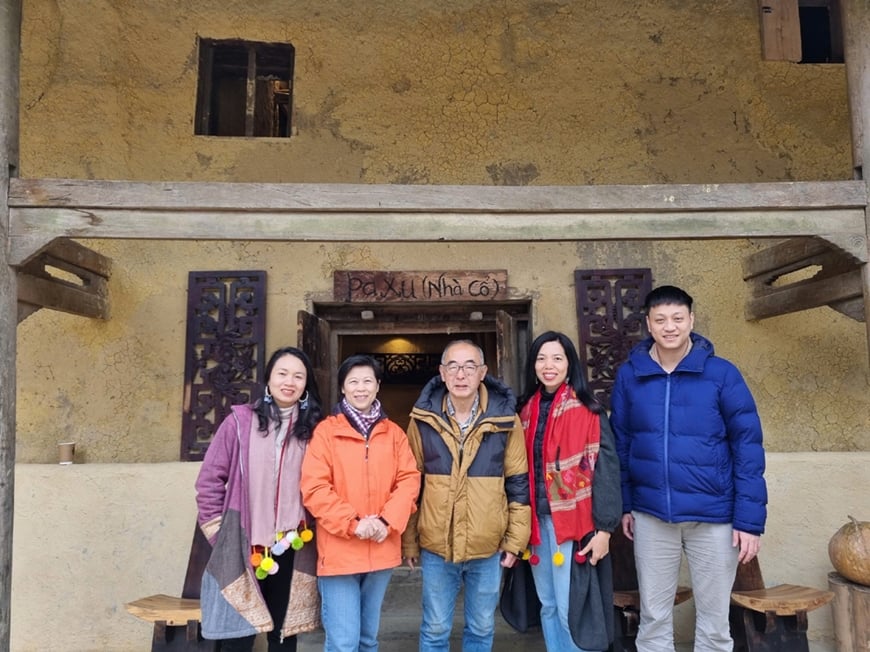



Comment (0)